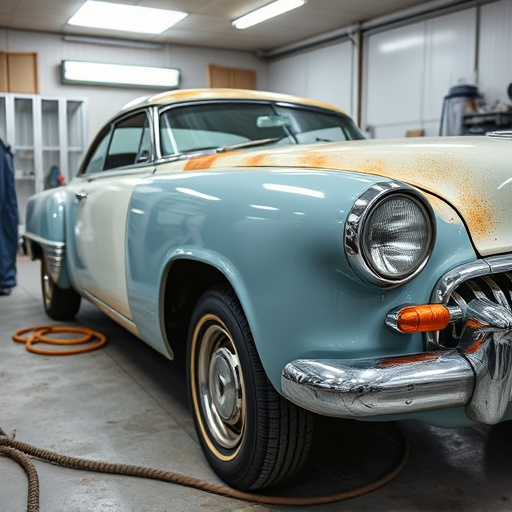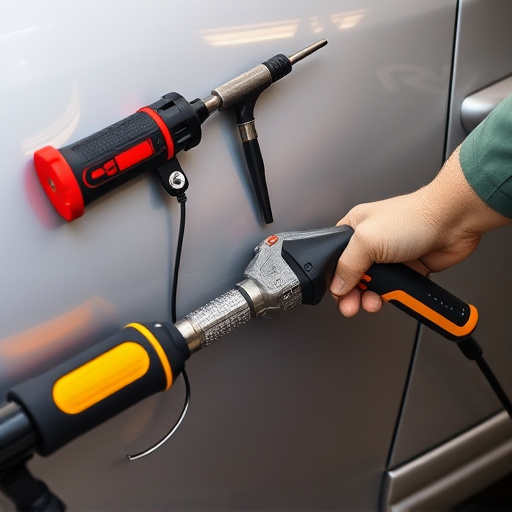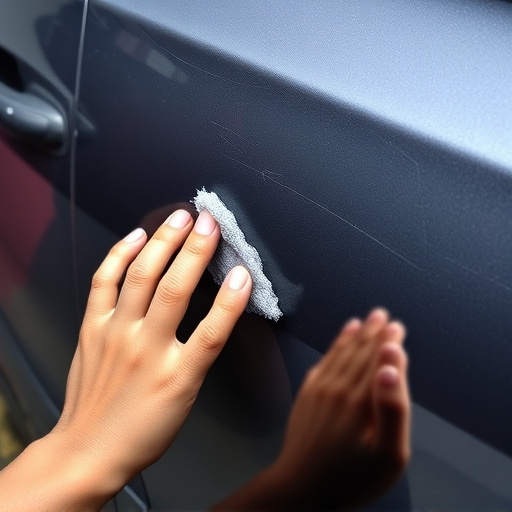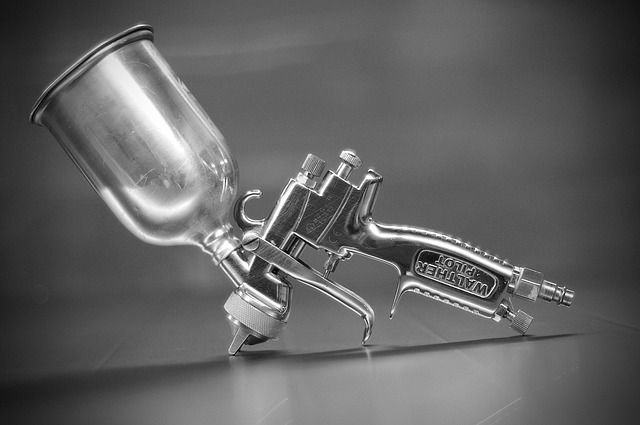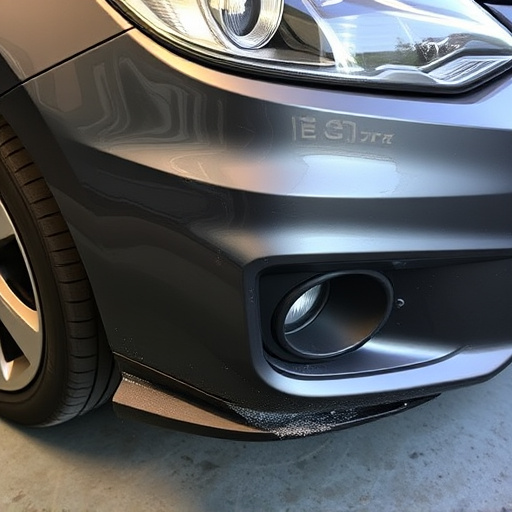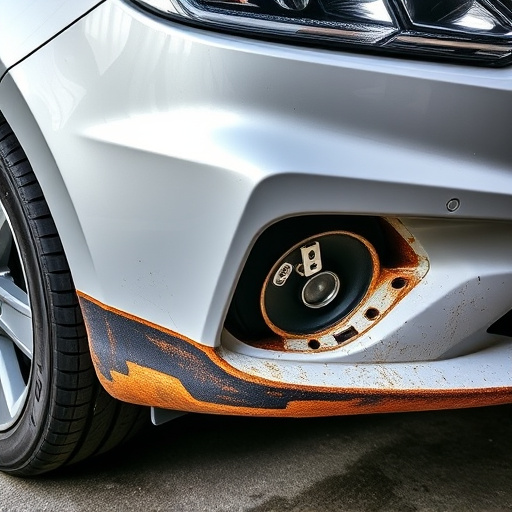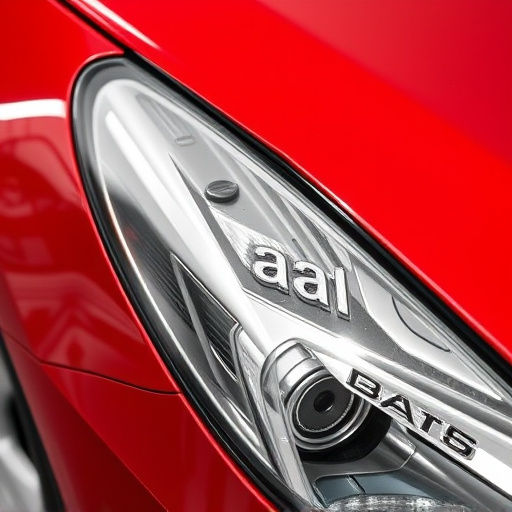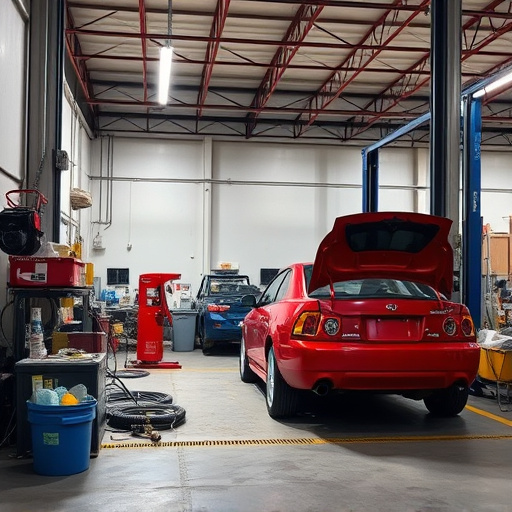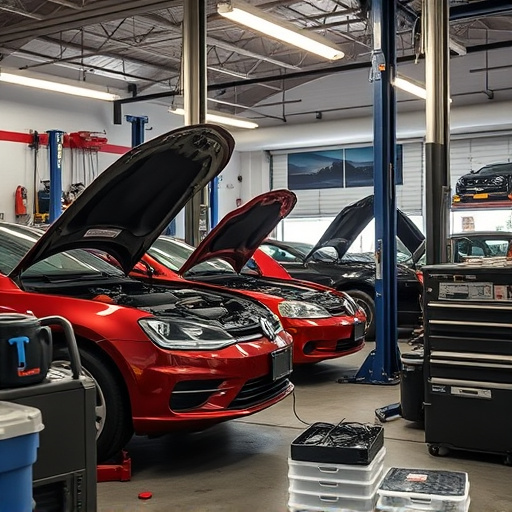Suspension repair collision benefits are critical for vehicle safety, handling, and comfort after an accident. Training staff in explaining these advantages involves interactive workshops using real-life scenarios, role-play, discussions, and digital tools. Regular refresher courses track performance to ensure clear communication of suspension repair's structural integrity restoration, ride quality improvements, and enhanced passenger safety. Continuous improvement techniques, including client feedback integration, refine training for better customer experience through comprehensive collision repair solutions.
Training staff to explain suspension repair collision benefits clearly is vital in enhancing customer satisfaction and ensuring accurate claims processing. This article delves into the essential components of effective training strategies for explaining complex suspension repair and collision coverage, empowering employees to navigate these discussions with confidence. We explore best practices for implementation and continuous improvement techniques, aiming to optimize communication and foster stronger relationships with insureds.
- Understanding Suspension Repair and Collision Benefits
- Effective Training Strategies for Staff
- Implementation and Continuous Improvement Techniques
Understanding Suspension Repair and Collision Benefits

Suspension repair collision benefits refer to the various advantages and support provided when a vehicle undergoes suspension damage due to a collision. Suspension systems are critical for a car’s safety, handling, and comfort, so understanding their role is key. These systems include parts like shock absorbers, springs, and control arms, which work together to keep the vehicle stable and controlled while driving. When a collision occurs, these components can be significantly affected, leading to issues with ride quality, handling, and even safety.
Training staff to explain suspension repair collision benefits clearly involves educating them about the intricacies of these systems and the potential outcomes of damage. It’s important for employees to comprehend that proper suspension repair not only restores a vehicle’s performance but also ensures passenger safety. Additionally, auto body services like paintless dent repair can play a role in restoring both the appearance and structural integrity of a car after a collision, enhancing overall customer satisfaction.
Effective Training Strategies for Staff

To effectively train staff on explaining suspension repair collision benefits, start with interactive workshops that demystify complex terms and processes. Use real-life scenarios and case studies to illustrate how customers can benefit from specialized body shop services like auto detailing and suspension repairs. This hands-on approach ensures staff members not only understand the technical aspects but also grasp the value they bring to customers by offering comprehensive collision repair solutions.
Implement role-play exercises where staff practice communicating benefits clearly to simulated customers. Encourage open discussions and feedback sessions to refine their presentation skills. Additionally, leverage digital tools like video tutorials and online modules that reinforce learning. Regular refresher courses, coupled with performance metrics tracking comprehension levels, will guarantee staff remain adept at conveying the advantages of high-quality auto repair shop services to every client.
Implementation and Continuous Improvement Techniques

Effective training doesn’t stop after the initial education session. To ensure staff truly grasp and consistently apply the knowledge gained about suspension repair collision benefits, implementation and continuous improvement techniques are paramount. After introducing new procedures or explaining complex car repair services like suspension repairs and paintless dent repair, encourage staff to practice what they’ve learned on real-world cases. This hands-on experience is invaluable in reinforcing their understanding and identifying any areas where further clarification might be needed.
Regular reviews and feedback sessions are essential tools for continuous improvement. Foster an environment where staff feel comfortable asking questions and sharing insights. Incorporate client feedback into these discussions, highlighting successful interactions and pinpointing instances where communication about tire services or other collision repairs could have been clearer. This iterative process not only improves staff performance but also enhances the overall customer experience by ensuring clear explanations of all available benefits during every visit.
Training staff to communicate suspension repair collision benefits clearly is a game-changer in customer satisfaction. By implementing effective training strategies, such as interactive workshops and regular refreshers, businesses can ensure their team understands complex processes and terms. This enhances client trust and promotes positive experiences during the suspension repair process. Continuous improvement techniques, like collecting feedback and analyzing post-repair surveys, help refine communication methods over time. Ultimately, clear explanations of collision benefits foster transparency, leading to happier customers and a thriving business.
